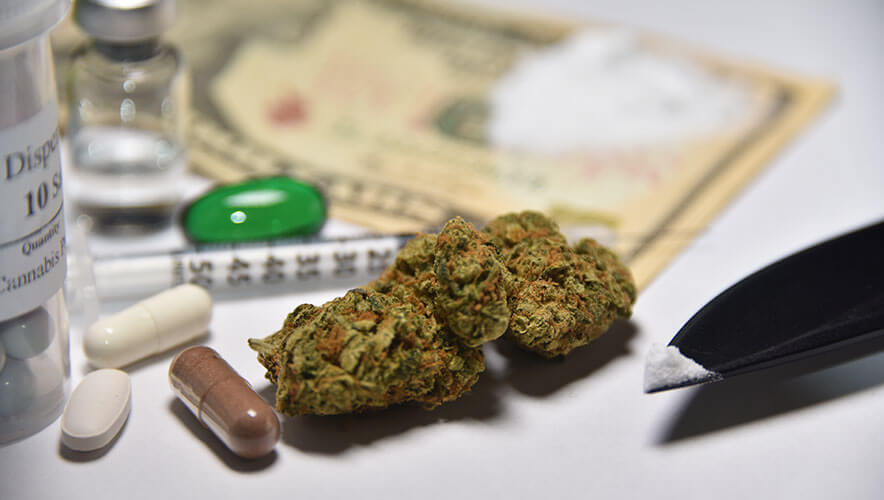European Union Illegal Drug Market Proves Resilient to Global Crises
The illegal drug market in Europe is becoming increasingly violent, with unprecedented levels of killings, torture, kidnappings, and intimidation, often taking place between criminal networks, according to the 2024 EU Drug Markets Analysis: Key insights for policy and practice, from Europol and the European Monitoring Centre for Drugs and Drug Addiction (EMCDDA).
The EU retail drug market is estimated to be worth more than €30 billion ($32.7 billion USD), making the supply and trafficking of drugs a lucrative business for organized crime groups. Huge volumes of cocaine are brought into Europe from Latin America, and large-scale production of cannabis and synthetic drugs spans the EU.
The drug market value in Europe consists primarily of cannabis (€12.1 billion, or 39 percent of the total market), followed closely by cocaine (€11.6 billion, or 37 percent). Heroin accounted for 17 percent of the market; amphetamines and ecstasy/MDMA accounted for 5 percent and 2 percent, respectively.
“An additional concern is the fact that criminal networks operating in the EU drug market are highly adaptable, innovative, and resilient to global crises, instability, and significant political and economic changes,” Europol said in a news release. “Recent examples of such shocks include the COVID-19 pandemic, Russia’s war on Ukraine and the Taliban’s rise to power in Afghanistan. In response, criminal networks have adapted, changing trafficking routes, and diversifying their methods.”
The report called out logistical infrastructure—including seaports—as keystones for criminal drug trafficking. Criminal networks infiltrate the ports, “turning them into conduits for unprecedented drug flows,” the report said, calling for the EU to strengthen the resilience of ports and logistics hubs to prevent their exploitation.
New technologies have created opportunities for companies to build innovative security layers to protect against criminal attempts and complex attacks against their assets. https://t.co/W2t1W1IJxQ
— Security Management (@SecMgmtMag) October 4, 2023
The European drug market is also flush with product, making drugs more available, purer, and at stable retail prices, driven by sustained high demand and criminal innovation. A key element of the current market is the interconnectedness between different illicit drugs, “with criminal networks and key brokers and facilitators often engaging in poly-drug criminality.”
The criminal networks also exploit legal business structures and take advantage of opportunities in traditional and digital economies, relying on other brokers to facilitate illicit activities. “This also gives them the flexibility to diversify sources and products, trafficking routes, and concealment methods—enhancing their efficiency and adaptability to minimize risks and maximize profits,” the report explained.
The Europol and EMCDDA analysis recommended that EU countries develop new frameworks and processes to detect new drugs, including synthetic opioids and new psychoactive substances, and further strengthen threat assessments across the drugs supply chain, including how developments outside Europe could impact the EU drug market.










